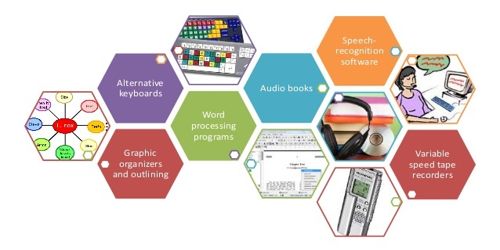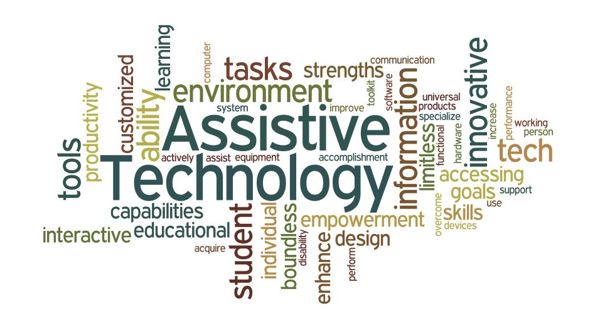Assistive technology is any device, software, or equipment that helps people work around their challenges. It is assistive, adaptive, and rehabilitative devices for disabled people or the elderly population. This technology used by individuals with disabilities in order to perform functions that might otherwise be difficult or impossible. Some examples of assistive technology are text-to-speech and word prediction. This technology reduces the need for formal health and support services, long-term care, and the work of caregivers.
Assistive technology is an umbrella term covering the systems and services related to the delivery of assistive products and services. Hearing aids, wheelchairs, communication aids, spectacles, prostheses, pill organizers, and memory aids are all examples of assistive products.
Disabled people often have difficulty performing activities of daily living (ADLs) independently, or even with assistance. It can include mobility devices such as walkers and wheelchairs, as well as hardware, software, and peripherals that assist people with disabilities in accessing computers or other information technologies. ADLs are self-care activities that include toileting, mobility (ambulation), eating, bathing, dressing, grooming, and personal device care. This technology includes both devices and services. These services support children with a disability in selecting, acquiring, or using an assistive technology device.

Assistive technology can ameliorate the effects of disabilities that limit the ability to perform ADLs. This technology assists students with disabilities to increase their overall capacity to work, accomplish specific tasks, or participate in activities that otherwise might have been difficult or impossible.
A tremendous variety of assistive technology is available today, providing the opportunity for nearly all people to access information technology (IT). Assistive technology promotes greater independence by enabling people to perform tasks they were formerly unable to accomplish or had great difficulty accomplishing, by providing enhancements to, or changing methods of interacting with, the technology needed to accomplish such tasks. However, an individual’s having proper assistive technology is no guarantee of having access. For example, wheelchairs provide independent mobility for those who cannot walk, while assistive eating devices can enable people who cannot feed themselves to do so.
This technology enables people to live healthy, productive, independent, and dignified lives, and to participate in education, the labor market, and civic life. Due to assistive technology, disabled people have an opportunity for a more positive and easygoing lifestyle, with an increase in “social participation,” “security and control,” and a greater chance to “reduce institutional costs without significantly increasing household expenses.” IT products must be designed and created in ways that allow all users to access them, including those who use assistive technologies.
Information Source:
















